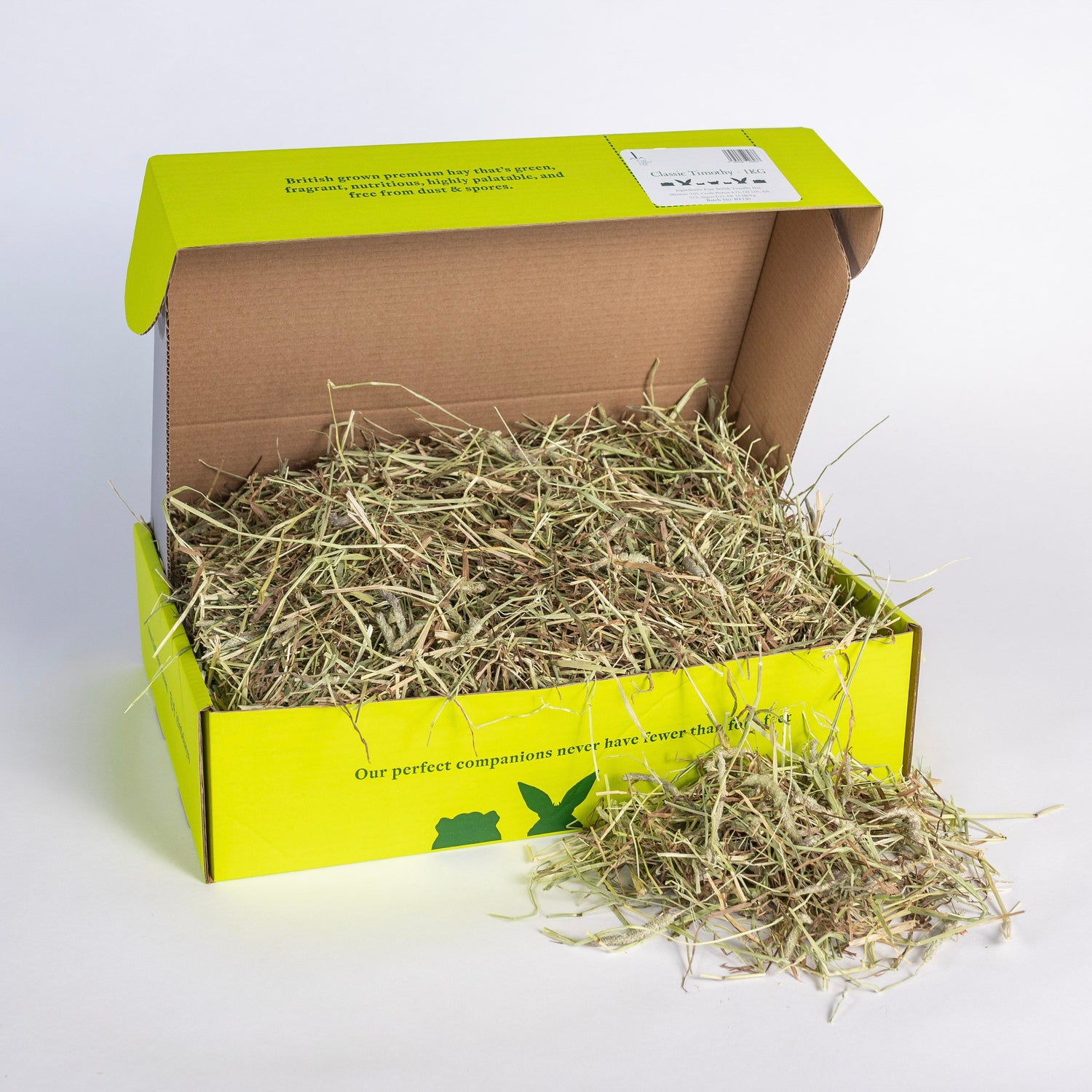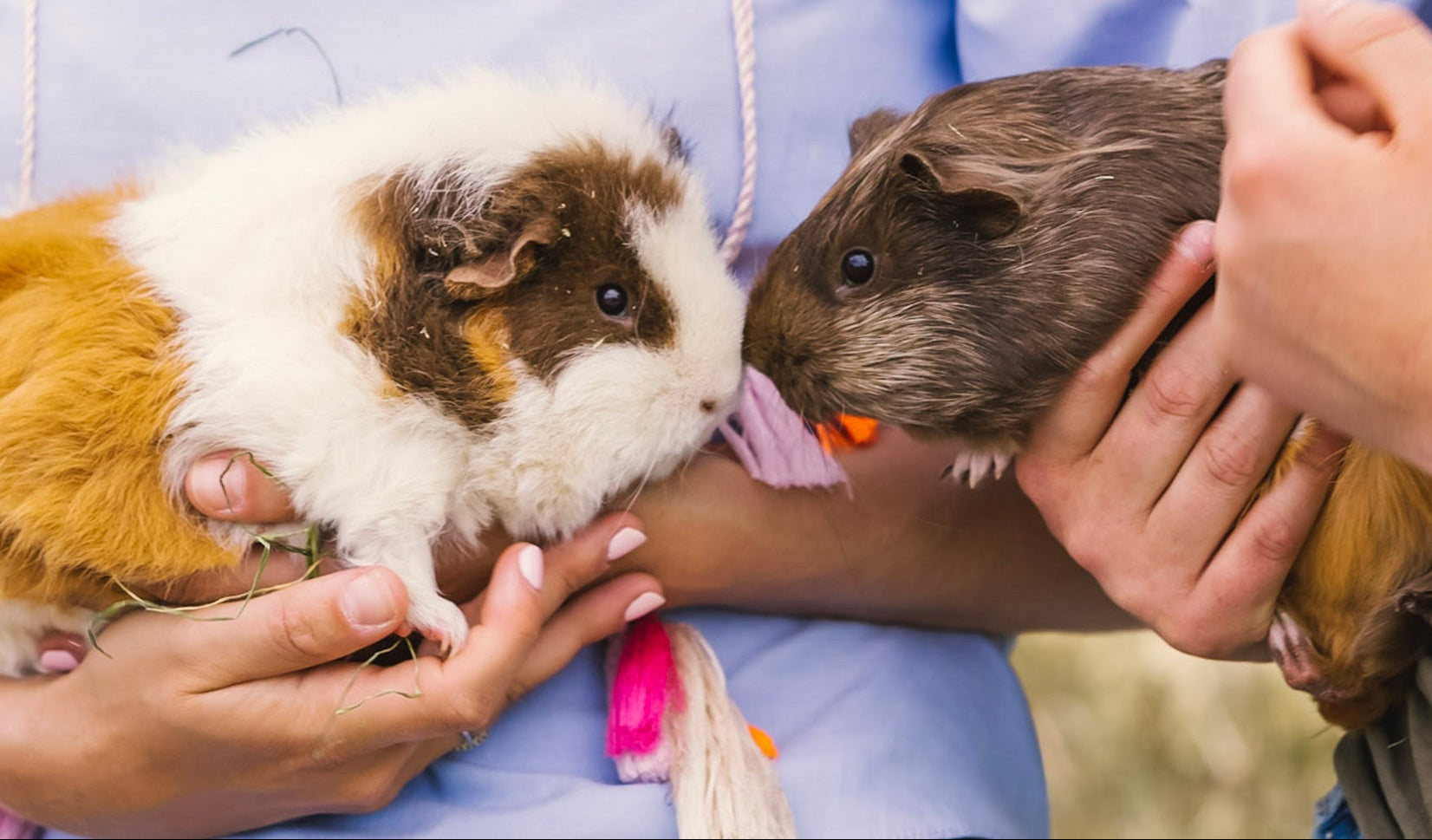Each year we send a sample of each hay crop off to be tested for its nutritional value, as well as this we also test for harmful spores to ensure we are offering you the highest quality hay possible for your pets.
But how do we read these analysis results and which values should you prioritise for your pets?
Calcium
Calcium plays a crucial role in maintaining overall health and proper functioning of a rabbit or guinea pigs body. Calcium needed to help grow bones and teeth which we know in small pets are constantly growing! It is also essential for muscle contractions, for the heart and digestive system to function muscle contractions are vital.
However, it's important to note that while calcium is essential, an imbalance in calcium levels can also lead to health issues. Rabbits and Guinea Pigs are susceptible to a condition called "urinary sludge" or "bladder stones" if they consume too much calcium and have an inadequate water intake. This can lead to urinary tract blockages and other related problems.
Balancing the calcium intake in a pet's diet is crucial. High-calcium foods like alfalfa hay and certain leafy greens are suitable for growing pets and pregnant or lactating females. However, adults should primarily consume grass hays which have lower calcium content.
Protein
Protein is another essential component of a pets diet, playing a crucial role in maintaining their overall health and well-being. Protein is required for enzyme function, for a healthy immune system and fur & skin health.
However, it's important to note that rabbits have specific dietary requirements when it comes to protein content. While protein is important, excessive protein intake can be harmful to rabbits, leading to health issues such as kidney problems.
Fibre
Fibre is probably the most crucial component of a rabbit or guinea pigs diet and plays a central role in maintaining their overall health and well-being. There's a lot for us to talk about here in terms of benefits:
Digestive Health: Herbivores have a unique digestive system that is designed to process high-fibre, plant-based diets. Fibre rich foods provide the bulk that small pets need to keep their digestive systems functioning properly. The long and complex digestive tract of rabbits and guinea pigs requires constant movement of food through their system, and fibre helps facilitate this process.
Prevents Gastrointestinal Issues: A lack of fibre in a rabbit's diet can lead to a variety of gastrointestinal issues, including GI stasis (when the digestive system slows or stops), bloating, and even potentially fatal conditions. Fibre helps prevent these problems by promoting regular gut motility and preventing the buildup of hairballs or other blockages.
Dental Health: Rabbit and Guinea Pig teeth grow continuously throughout their lives. Chewing on fibrous foods like hay helps wear down their teeth naturally, preventing dental problems that can arise if teeth become overgrown. The abrasive action of chewing also helps maintain healthy gum tissues.
Weight Management: High-fibre foods are generally lower in calories and more filling, which helps pets feel satisfied and prevents overeating. This can be particularly important in preventing obesity, which can lead to a range of health issues.
Mental Stimulation: Providing fibrous foods that require chewing and manipulation can keep pets mentally stimulated, preventing boredom and promoting their overall well-being.
The primary source of fibre in a rabbit or guinea pigs diet should be high-quality grass hay. Hay should make up the majority of their diet and should be available to them at all times.
Ash
In nutritional analysis, ash refers to the inorganic residue that remai ns after a food sample has been completely incinerated or burned at very high temperatures. It represents the mineral content of the food, including elements like calcium, phosphorus, magnesium, potassium, sodium, and trace minerals.
The term ash is a bit misleading as it's not the same type of ash you might think of from burning wood or paper. Instead, it's the non-organic, mineral portion of the food that can't be broken down any further by heat. Ash content is expressed as a percentage of the total weight of the original sample.
Below is a breakdown of the nutritional content of our current hay varieties. This information is provided as a guide only and there can still be variances between hays that came from the same batch, this can be down to the nutrients available in the soil during growth, amount of sunlight received etc.














